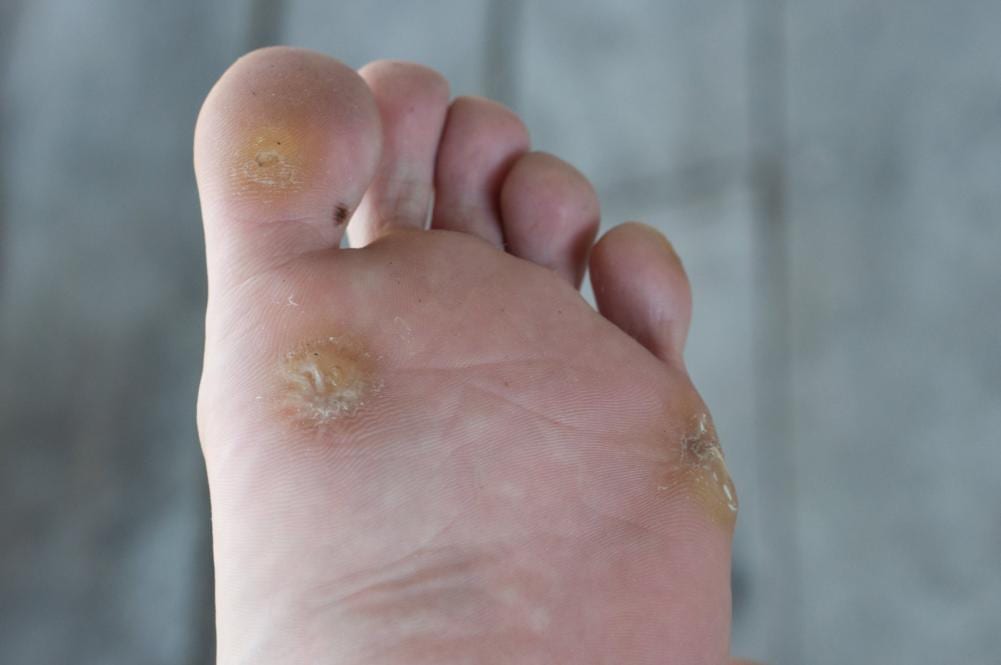Have you ever experienced that nasty-looking cauliflower-shaped growth on the surface of your skin? Oh, it must’ve been painful.
Warts are hard, benign, growths on the skin that are caused by viruses. Usually, a doctor can easily diagnose a wart by either scraping off the top layer to check for signs of black dots or removing a small part of the wart and sending it to the lab for analysis. With both of these techniques, doctors are able to effectively diagnose warts.
Warts can be extremely painful and anybody going through the pain wants to get rid of it as soon as possible. However, most warts don’t need any treatment and go away on their own. But the time duration for them to heal can vary—it can even take up to 1–2 years, and while you wait for the growth to heal itself, new warts may appear nearby as well. To prevent this from happening, many people decide to seek a doctor’s help.
Here are some of the treatments that your doctor might suggest to treat the wart:
Strong Peeling Medicine
Salicylic acid is the key element in a strong peeling wart medicine. As you apply the solution over the wart the acid works by removing a little bit of the layer. The prescription-strength medication works slowly and gradually, until the wart eventually disappears. Doctors at Simply Clinics in Uxbridge recommend using the acid medication in combination with freezing for the most effective results.
Cryotherapy or Freezing
Cryotherapy, or freezing therapy, is done at a doctor’s clinic that uses a liquid nitrogen gun to freeze your wart. The liquid nitrogen causes blisters to form around and under the wart, which starts to slough off in about a week’s time. The patient usually experiences severe pain and blistering, along with discoloration in the treated area of the skin.
Other Acids
Sometimes, both the aforementioned treatments may not work, in which case the doctor might suggest trying a trichloroacetic acid to relieve the symptoms. First, the doctor shaves the top layer of the wart and then uses a wooden toothpick to apply the acid over it. Under this method, you may experience stinging and a burning sensation and it has to be repeated a number of times before results start to show.
Minor Surgery and Laser Treatment
When all else fails, your doctor might recommend a minor surgery in which they’d cut off the effected tissue. There are no risks involved in the procedure but the surgery might leave a scar. Another alternative to surgery is a pulsed-dye laser which burns the tiny blood vessels, causing the infected tissue to eventually die. The laser treatment can cause pain and scarring, and there’s little evidence in support of its effectiveness as well.
Set up an appointment with one of our experienced doctors at Simply Clinics and allow one of our best to help you treat those warts. For more information and details, call us at 020 8352 3523.
Back








